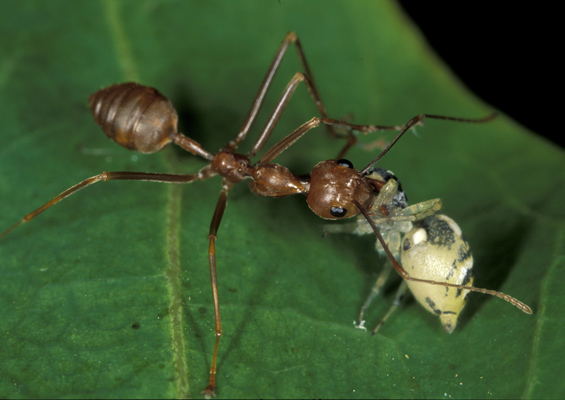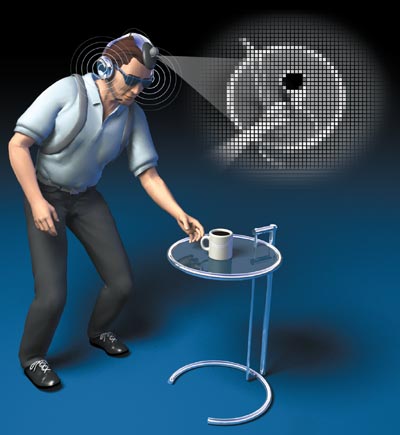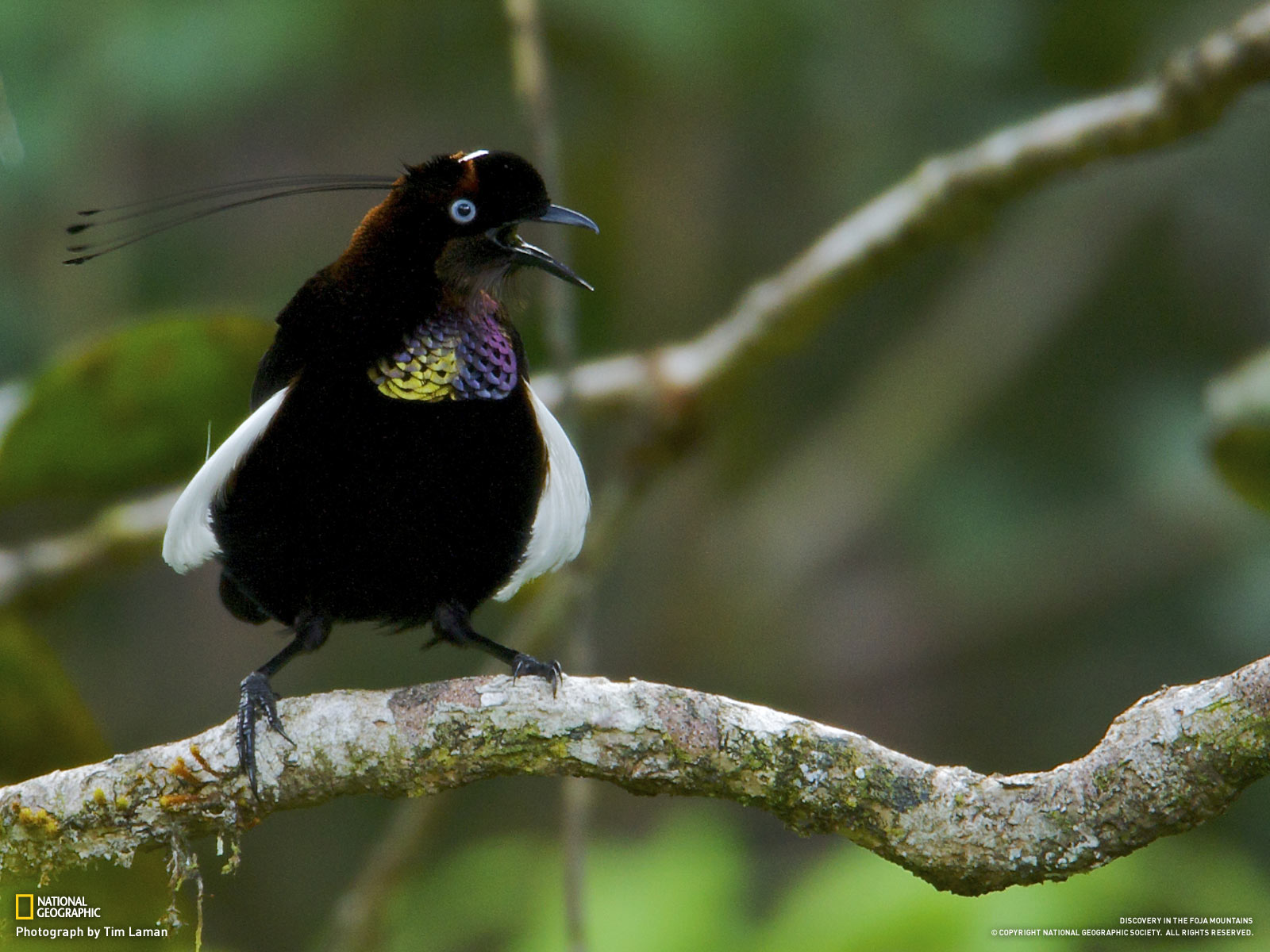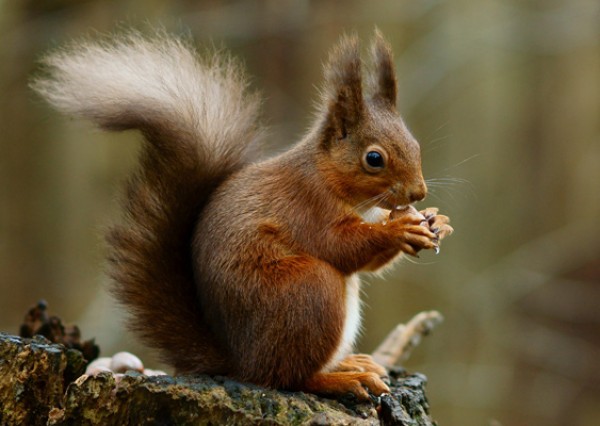Largest Genome Ever Sequenced
Science, March 2014A loblolly pine tree on the 17th hole of the Augusta National Golf Club in Georgia blocked so many of former President Dwight D. Eisenhower’s shots that in 1956 he tried to get the tree chopped down. Now, loblolly pines (Pinus taeda) are making a different kind of history: Their genome is the largest of any organism yet sequenced.
Featured on Slashdot.






